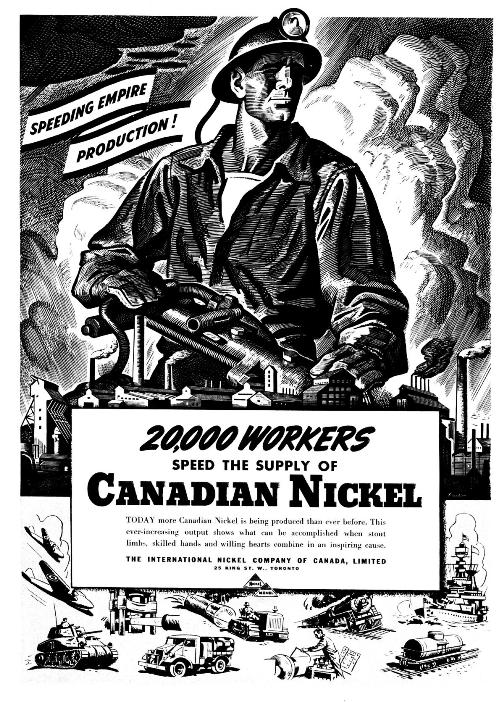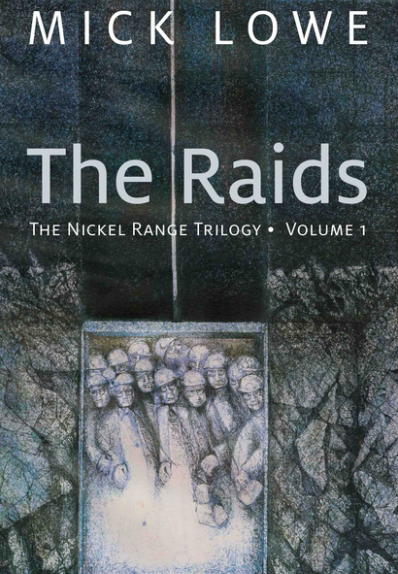
Nickel Was the Most Strategic Metal
By anyone’s estimation, the highlight of Sudbury’s social calendar in 1939 was the visit of King George VI and Queen Elizabeth on June 5th, accompanied by Prime Minister Mackenzie King and a host of local dignitaries. This was the first time a reigning British monarch had ever visited Canada, let alone Sudbury, a testimony to the growing importance of the region’s vital nickel mines. The nickel operations in the Sudbury Basin were booming due to growing global tensions and increased spending on military budgets. Sudbury and the northeastern Ontario gold mining centres of Timmins and Kirkland Lake were among the few economic bright spots in a country devastated by the Great Depression.
In an April 15, 1938 article, Maclean’s Magazine journalist Leslie McFarlane described the three mining communities as, “Northern Ontario’s glittering triangle….No communities in all of Canada are busier, none more prosperous. The same golden light shines on each.”
During the royal visit, precedence was broken by allowing Queen Elizabeth the first female ever to go underground at the Frood Mine. Traditionally miners thought women would bring bad luck if they were permitted underground. There were probably many who thought the beginning of the Second World War on September 1, 1939 was the result of her subterranean visit.
























